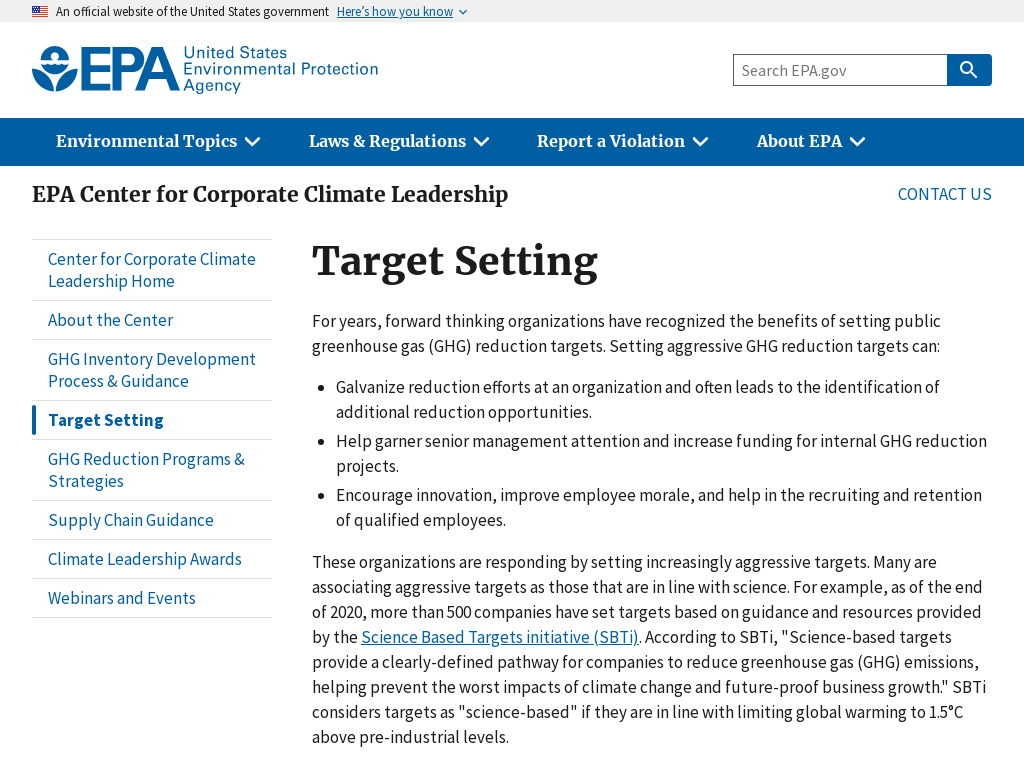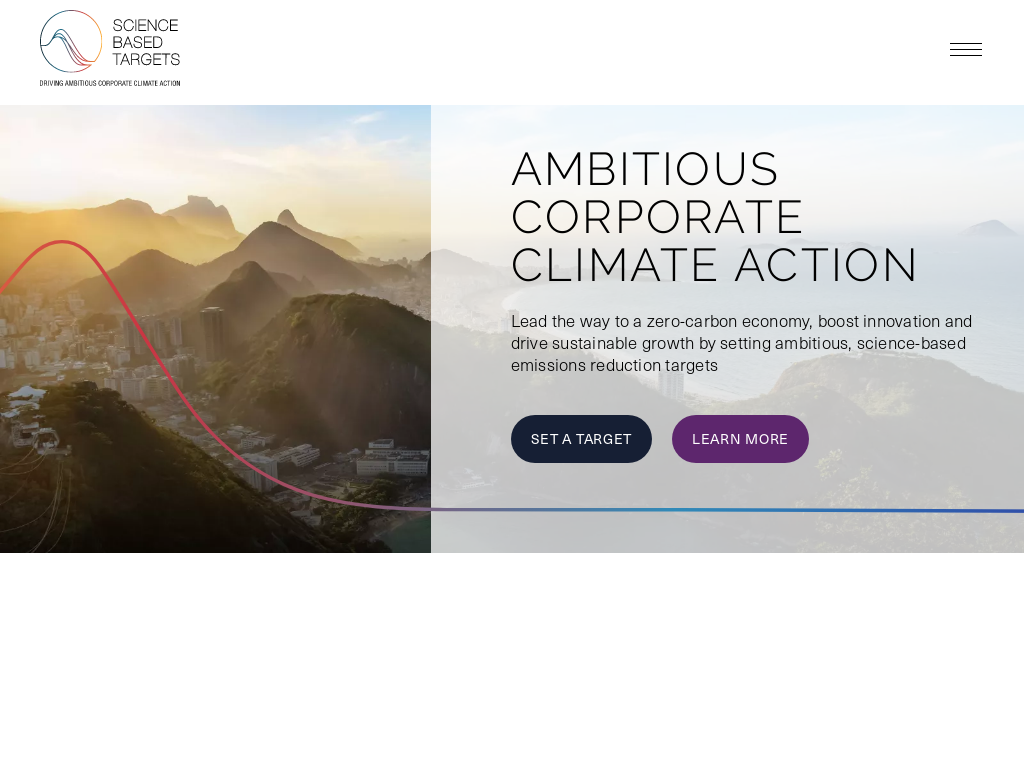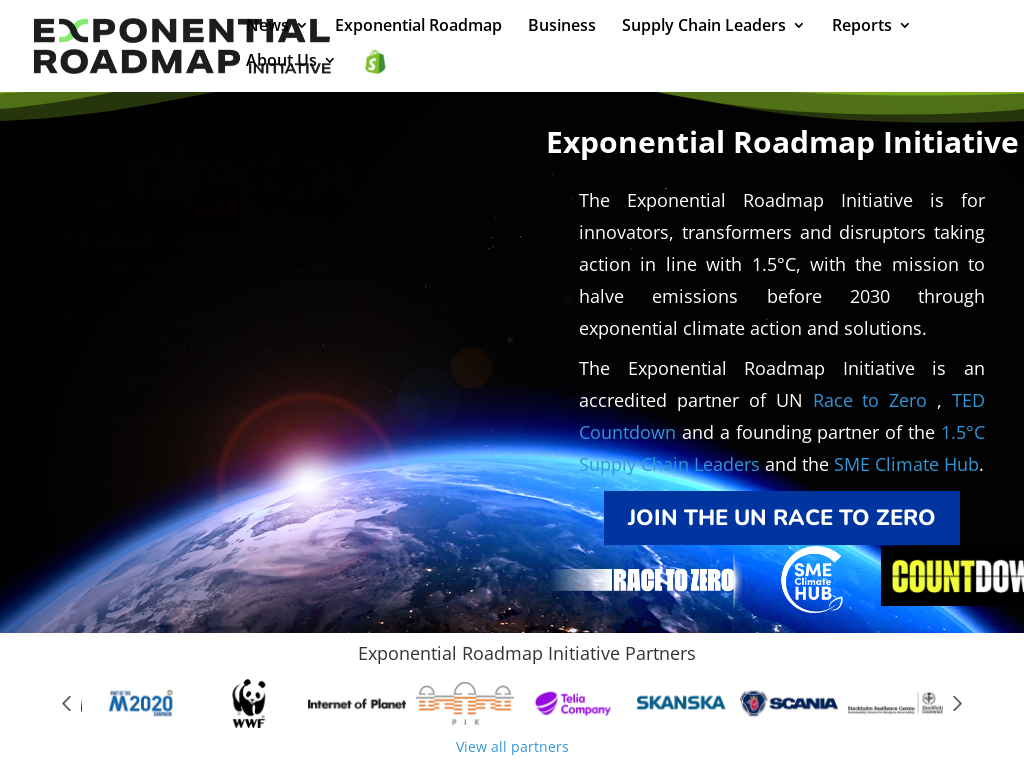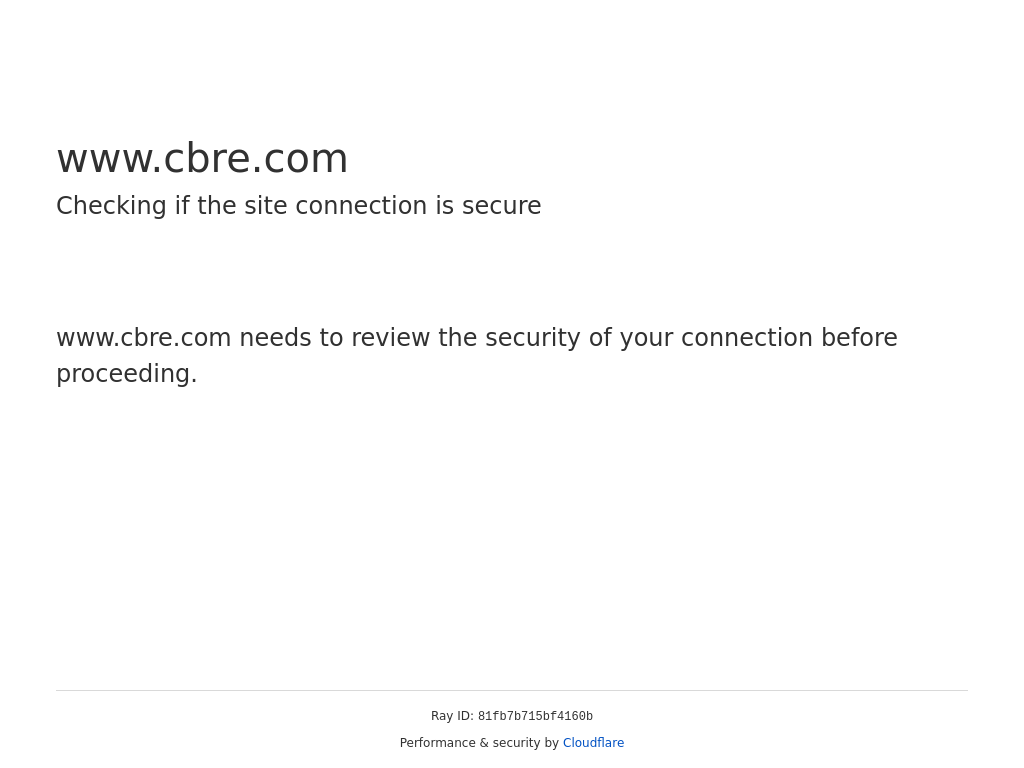Description
Targets should include a base year and the target year. The base year is the year against which GHG reductions are tracked.
The year in which the target will be met should be 5 to 10 years from the base year.
Targets should be aggressive. An aggressive level of reduction is one that is beyond business as usual in an organization’s sector. To determine whether the target is sufficiently aggressive, a good rule of thumb is to align it with the criteria of the SBTi. Those criteria require emissions reductions of 2.5% per year for targets that cover scope 1 and 2 emissions and emissions reductions of 1.23% per year for targets that cover scope 1, 2, and 3 emissions.
Targets should be for an absolute reduction in GHG emissions. Targets should be a clearly defined, absolute GHG reduction to be achieved over a specified period of time (e.g., 25% reduction over 10 years).
Targets should cover global operations in their geographic boundaries. Targets should cover emissions generated in all countries, not just in one or several locations.
Targets should address all three emission scopes. Targets should include all scope 1 and 2 emissions and at least a portion of scope 3 emissions.
Publicly declared targets should include all of the above information. For example, “ACME commits to a 35% absolute reduction of scope 1, 2, and 3 global emissions by 2030 from 2020 levels.”











@3x.png?_cb=1618177579)